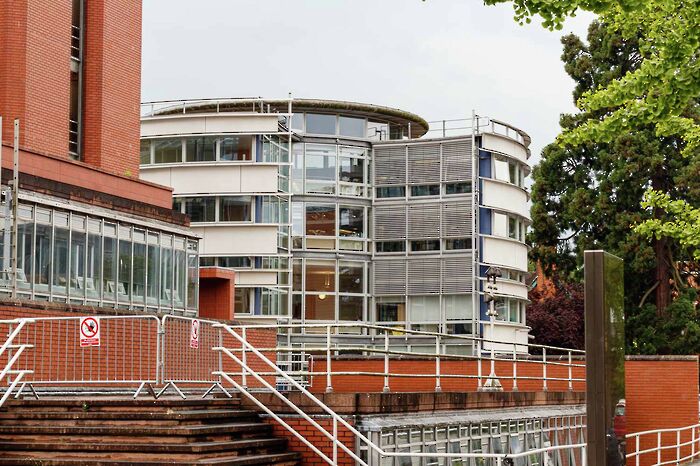University pledges to halve “access gap” by 2025
The University aims to admit 69.1% of students from state schools

The University’s “Access and Participation Plan for 2020-21 to 2024-25” (APP), approved by the Office for Students (OfS), pledges to admit more applicants from disadvantaged areas and state schools by 2025.
This plan comes in the context of a new report released by the Office for Students (Ofs), an independent watchdog regulating higher education in the UK. Leading universities have promised to pursue the goals outlined in the report, which include halving the “access gap” at Cambridge and other universities be halved within 5 years.
By 2025, the University aims to admit 69.1% of students from state schools, a 5% increase from the admissions plans for 2017-2018, 2018-2019, and 2019-2020 which all aimed for a percentage of 62 – 64 percent. In the 2017-18 admissions cycle, admissions from state schools made up 65.2 percent of the cohort, the highest percentage on record.
Universities Minister Chris Skidmore remarked that despite these improvements, "It is damning for the sector that large gaps still remain."
Some private school heads have expressed fears that the access measures will mean fewer places for more affluent students. Mike Buchanan of the Headmasters' and Headmistresses' Conference, which represents 296 independent schools, said: “Care is needed in starting actively to discriminate against individual young people on the basis of the class they were born into,” demanding that Oxbridge increase overall intake.
Students from independent schools still make up a disproportionate portion of the cohort; between 2006-2017, students from just 3% of applying schools made up 44% of the total Oxbridge cohort over the time period.
The new access scheme addresses other measures of socio-economic inequality, including Participation of Local Areas (POLAR) and the Index of Multiple Deprivation (IMD).
POLAR measures entry to higher education by age 19 in geographical areas across the UK. It sorts each area into one of five groups – or quintiles – based on the proportion of young people in the area who have entered higher education by the age of 19. POLAR quintiles 1 and 2 contain the 40 percent of postcodes with lowest participation rates in tertiary education.
By 2025, the University aims for 16.6% of its admissions to come from POLAR quintiles 1 and 2; in the admissions plans for 2017-2018, 2018-2019, and 2019 - 2020 APP, the equivalent target was 10% to 13%. In 2017-18, 12.2 percent of successful applicants came from these areas.
The IMD is the official measure of relative deprivation for small areas in England, calculated on the basis of 7 measures including income, employment, level of education, and crime levels. By 2025, the university aims for 21.2 % of the students it admits to come from these areas.
If carried out, this plan will cut the ratio of most-represented to least-represented groups at Cambridge from around 14 to one to around 6.7 to one.
However, inequality is still a serious concern for the University. In 2018, it was identified by the Higher Education Policy Institute as “the most unequal university in the UK.”
In the 2020-25 APP itself, the university recognises the urgency of these priorities, and declares its commitment to their fulfilment.
“We will make all reasonable endeavours to deliver on these objectives and by 2035 we expect that one third of our intake will be drawn from the most under-represented and disadvantaged groups.”
 News / Uni Scout and Guide Club affirms trans inclusion 12 December 2025
News / Uni Scout and Guide Club affirms trans inclusion 12 December 2025 News / Cambridge study finds students learn better with notes than AI13 December 2025
News / Cambridge study finds students learn better with notes than AI13 December 2025 News / Cambridge Vet School gets lifeline year to stay accredited28 November 2025
News / Cambridge Vet School gets lifeline year to stay accredited28 November 2025 Science / Did your ex trip on King’s Parade? The science behind the ‘ick’12 December 2025
Science / Did your ex trip on King’s Parade? The science behind the ‘ick’12 December 2025 News / Pembroke to convert listed office building into accom9 December 2025
News / Pembroke to convert listed office building into accom9 December 2025









